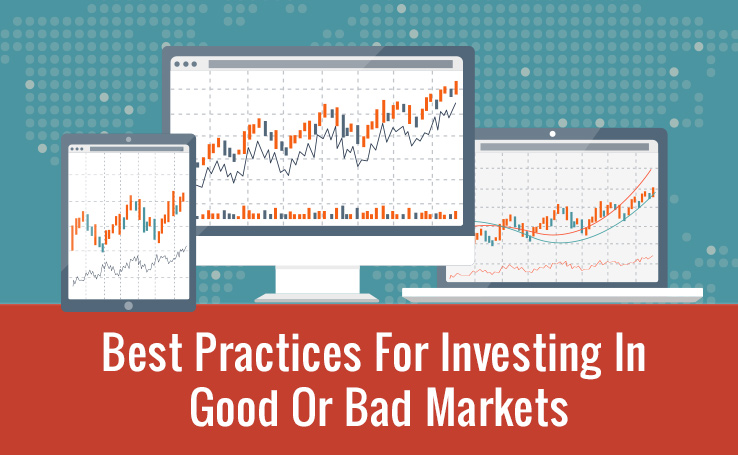Can you hear that? All the noise at the start of the year as markets around the world went into a short-lived free fall is gone proving the old adage that no news is good news. It’s an interesting time for investors as we try to understand how we’ve arrived at this point and how to make the most of the quiet.
The Backdrop
In a January post, Making Sense Of The Tough Start To The Markets In 2016, I explained that despite the selloff, according to leading indicators the market was not overvalued. Instead, investors were letting fear over dropping oil prices, uncertainty in China and modest growth guide their investment decisions rather than focusing on the fundamentals, which were and remain solid. Even though it was presented as a doom and gloom scenario, the reality was far different. Markets didn’t stop growing. They just weren’t growing as fast as they had a year or two earlier.
Where We Are Today
Four months later, the price of oil seems to have stabilized, China has launched stimulus initiatives to settle its economy and corporate earnings are better than expected although expectations were low. In fact, of the public companies listed on the major U.S exchanges that have reported earnings per share so far, many more have beaten expectations than disappointed. That said, there is a slowdown in corporate profitability but that’s OK.
The result: the markets have made up lost ground. Investors who stayed in the market, have largely recouped what they lost and in many cases are up. Those who left have missed out on the rebound and set themselves back. Now they are wondering if and when to get back into the market.
It’s time to get back to the basics. Here are a few key best practices for investing in good or bad markets.
- Rule #1: it is impossible to time the market. The key is to buy good quality investments as cheap as you can when you can. Look at the cash you have available, your goals and the sectors that represent good value. Over time, good quality investments will increase in value.
- Rule #2: Have a plan knowing there will always be ups and downs in the market. A comprehensive plan will include a time horizon and specific investment goals. This will help you stay the course, especially when financial storms hit–and they will. Stocks go up and down, but over the long term they go up. Successful investing is not about timing the market. It’s about time in the market.
- Rule #3: Be an active investor. When you see changes in the market, make adjustments to your portfolio as needed. The market is not static. If you see a trend toward something or away from something, talk to your investment advisor so you can make the most of opportunities and mitigate risk. Constantly evaluate your portfolio.
Call Me or Email Me
My approach to investing is straightforward. I help my clients find good quality investments, follow trends and adjust as needed. With all the volatility we’ve had, it’s a good time to review your investments and make sure you’re on track to achieve your goals. I welcome you to call me at 416-332-3863 or email me at allan@allansmall.com

